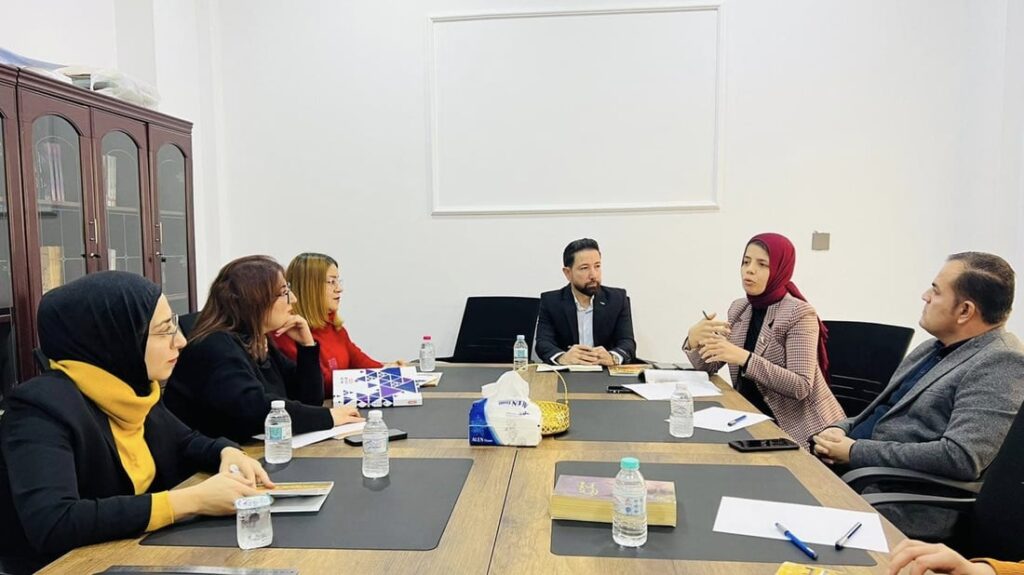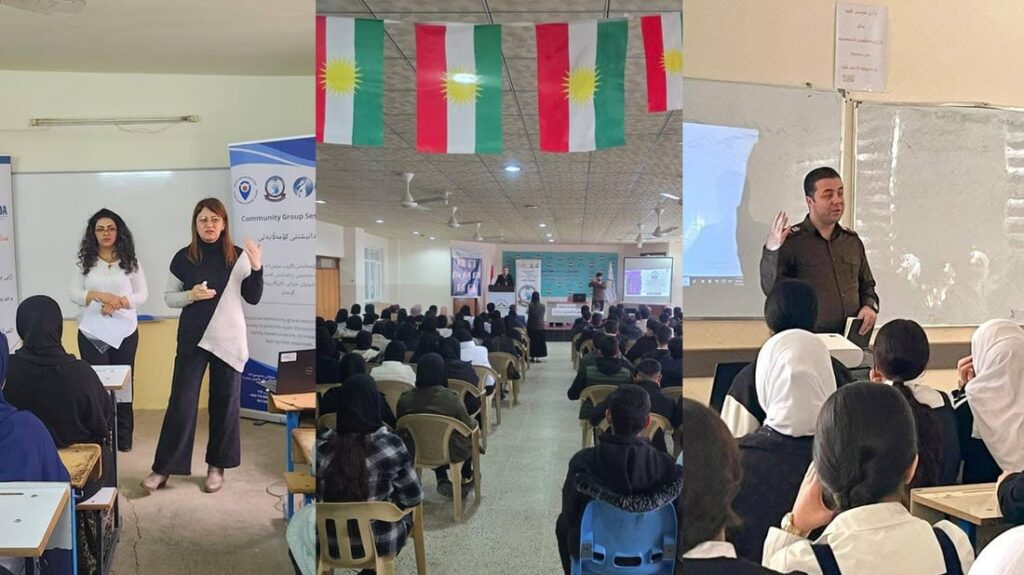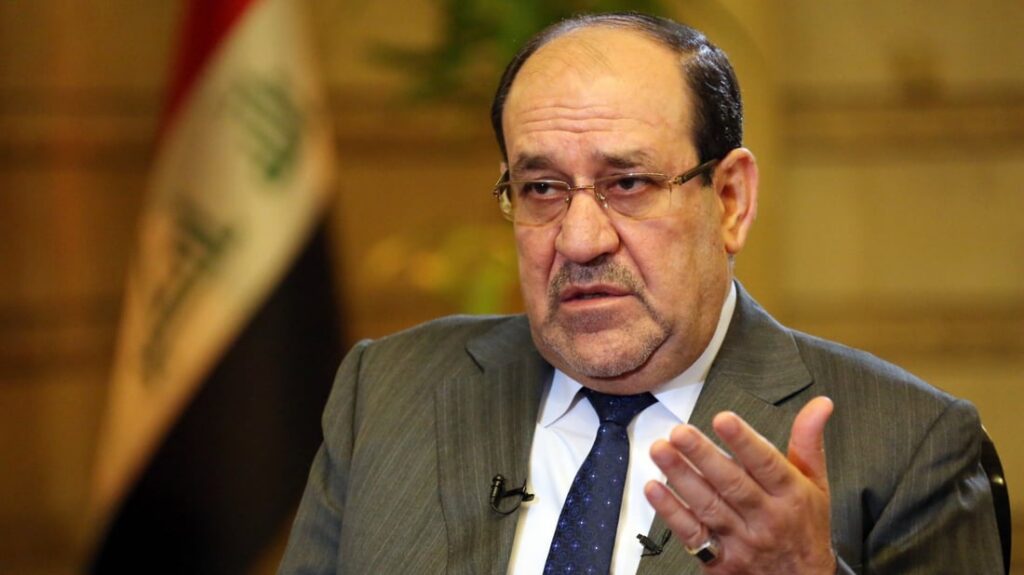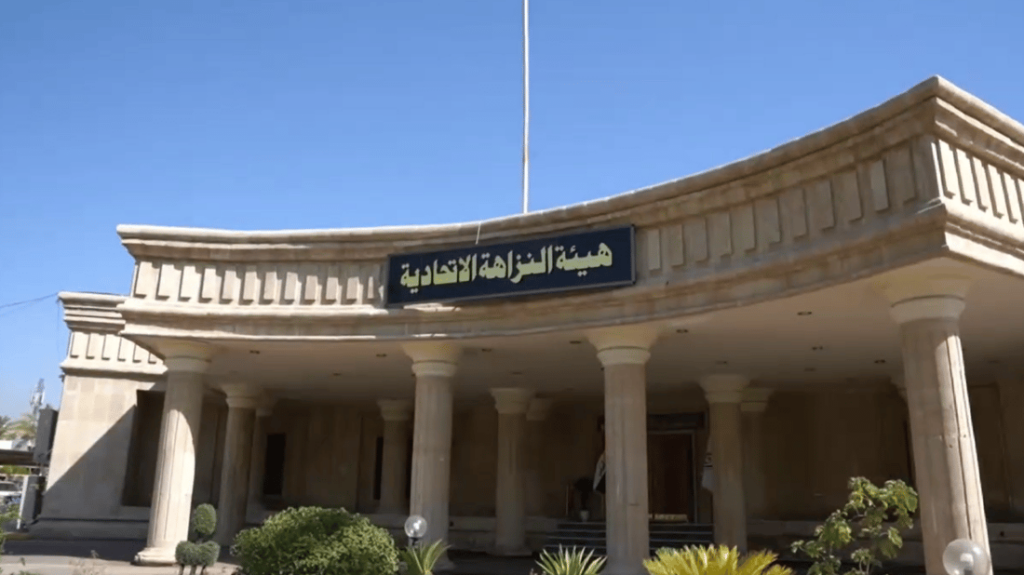World: Humanitarian Action for Children 2020 - Middle East and North Africa
Regional Office 2020 requirements: US$10,400,000
The humanitarian crises in the Middle East and North Africa are affecting a staggering number of people. Across the region, over 70 million vulnerable people, including 32 million children, require assistance. Conflict remains the main driver of humanitarian needs and is dramatically impacting children and women, who are disproportionately affected by the violence. The conflicts in the Syrian Arab Republic and Yemen, the deteriorating security situation in Libya, the ongoing violence and instability in Iraq and the State of Palestine, and the political unrest in Algeria and the Sudan have exposed children to extreme risks, including death, forced recruitment into armed groups and early marriage. These crises are also triggering waves of internal and external displacements, with spill-over effects on neighbouring countries. Across the region, 5.8 million children are refugees. The humanitarian situation in the region is also compounded by growing gender inequality, gender-based violence and fragile or economically strained institutions. Against the backdrop of violence, the region is confronting infectious disease outbreaks, including cholera in Yemen, as well as natural disasters,4 such as the chronic droughts in Djibouti and flooding in Iran and Libya. Approximately 14.3 million children remain out of school across the region.
Regional humanitarian strategy
The Middle East and North Africa has the greatest concentration of humanitarian needs in the world, with two Level 3 emergencies in the Syrian Arab Republic and Yemen and many countries facing protracted conflicts, civil unrest and/or political transition. To deliver faster, more effective and at-scale humanitarian response for disadvantaged children and marginalized populations in 2020, the UNICEF Middle East and North Africa Regional Office will increase its technical and quality assurance support for all country offices in the region. This will include supporting preparedness, contingency planning and emergency response, and providing guidance on strengthening the linkages between humanitarian response and longer-term development goals to build resilience against shocks. Country offices will be guided on strengthening their programmatic focus on key cross-cutting issues such as the prevention of sexual exploitation and abuse, prevention and response to gender-based violence in emergencies, inclusion of people with disabilities and gender equity. UNICEF will address less visible but still urgent crises, such as in Djibouti and Iran, and coordinate the cross-border response to the Syrian crisis. The regional strategy will also focus on enhancing country programme excellence by ensuring quality programme design, implementation, monitoring, evaluation and reporting, as well as stronger alignment and compliance with UNICEF’s global guiding frameworks, policies and standards. UNICEF will also support country offices to operationalize the accountability to affected populations policy around four key strategic objectives: ensure UNICEF procedures and systems support people-centred approaches; design, implement and monitor all UNICEF programmes incorporating the feedback and participation of affected people; strengthen the centrality of accountability to affected populations in the organization’s culture; and ensure that UNICEF contributes to effective collective accountability mechanisms, including for the prevention of sexual exploitation and abuse. UNICEF will also scale up resource mobilization to attract flexible and predictable multi-year funding.
Results from 2019 As of 31 August 2019, UNICEF had US$12 million available against the US$12.5 million appeal (96 per cent funded). During the year, UNICEF strategically allocated funds to meet the growing needs of 32 million children. High- and medium-risk countries received timely support to carry out integrated and resilience-focused humanitarian programming and key preparedness actions to mitigate risks and implement scaled-up emergency response. UNICEF supported country offices in the region to strengthen programme target setting, improve gender and adolescent programming and enhance the timely allocation of critical funds. Given that funding constraints were a common challenge, UNICEF scaled up resource mobilization efforts to address staffing gaps, ensure the timely delivery of technical support to country offices and facilitate the implementation of critical activities. UNICEF prevented and mitigated risks for children through its development programmes and supported the strengthening of country office emergency preparedness and response capacities by ensuring their emergency preparedness plans were updated and quality assured, while enhancing regional preparedness in terms of capacities and skills, systems and key partnerships. Preparedness efforts in Djibouti and Iran enabled those country offices to respond to major crises efficiently and in a timely manner.13 UNICEF also provided regional senior management and country offices with timely and quality analysis of political and security events with humanitarian implications and guidance on humanitarian and public advocacy. UNICEF supported the Ministry of Education to rehabilitate and equip 16 schools damaged by the cyclone in Djibouti City in May 2018, enabling over 17,000 children to continue their educations. UNICEF also continued to support more than 5,000 refugee children enrolled in second-chance education centres and in schools in refugee settlements, while 660 internally displaced persons gained access to adequate sanitation.
Funding requirements Funding requirements UNICEF is requesting US$10.4 million to meet the region’s emergency preparedness and response requirements in 2020. The protracted nature of the region’s crises has necessitated a complex regional agenda. Regional funding will therefore be critical to supporting countries facing Level 3 emergencies, providing those countries with multi-sectoral technical support, strengthening coordination and ensuring that countries have adequate capacity to prepare for and launch emergency responses. Regional funding may also be used to respond to situations elsewhere in the region that are not included in a separate chapter of Humanitarian Action for Children 2020 and may not benefit from inter-agency flash appeals to respond to small- or medium-size emergencies (e.g., climatic shocks, disease outbreaks, displacement, etc.). Support is also needed to scale up preparedness and response programming in countries at risk of civil unrest and economic instability. UNICEF acknowledges the generous support of donors in 2019, which was essential to the regional response. Continued support will be instrumental to implementing the 2020 strategy and sustaining efforts to address the pressing humanitarian needs of vulnerable children and women.





